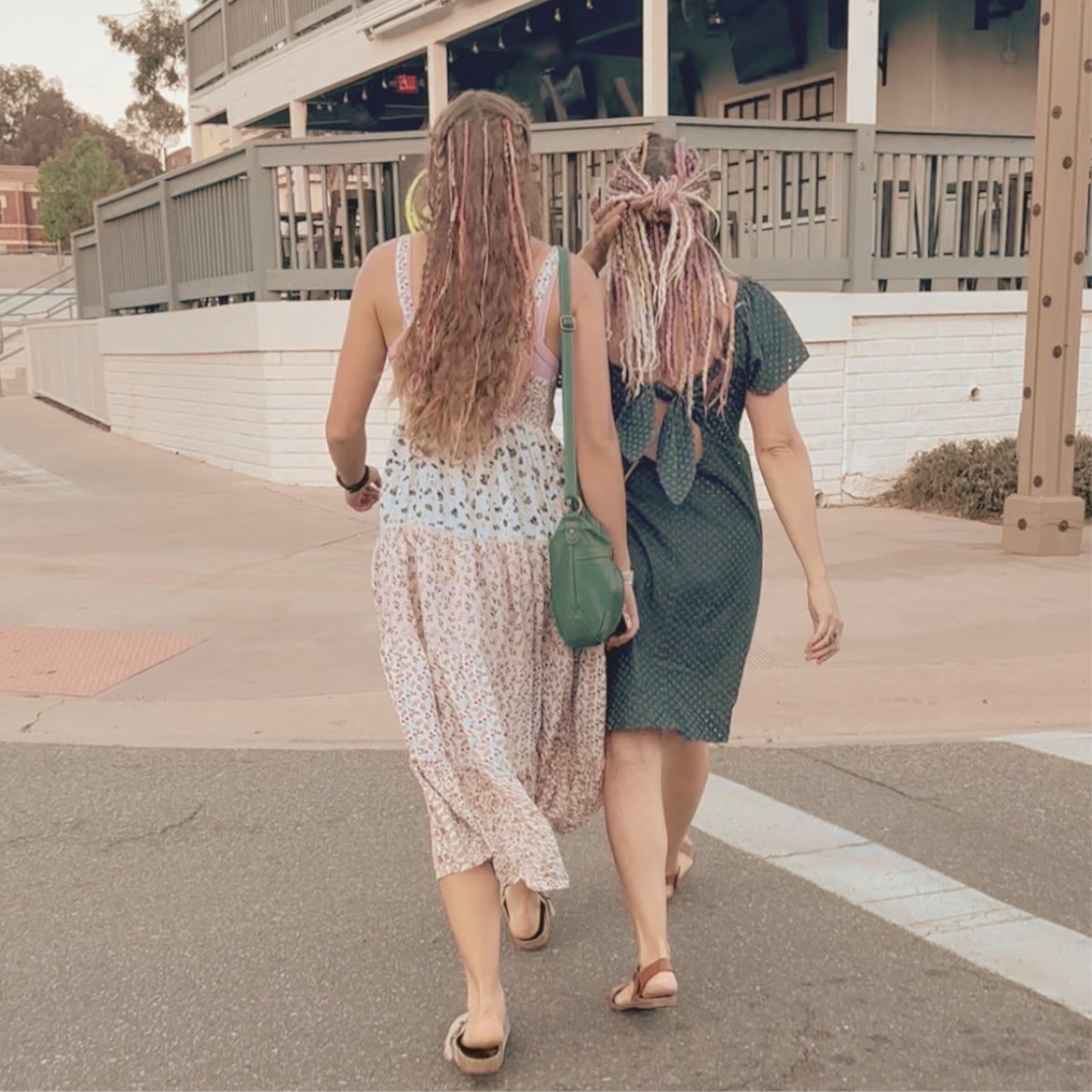
There’s something deeply grounding about creating beauty from natural materials—whether it’s wool, alpaca fiber, or your own hair. In this post, I’m sharing my journey of making natural fiber dreads: from crafting them with soapy water and memory foam to dyeing them with henna and installing them for a soft, earthy, and creative style. This isn’t just about hair—it’s about creativity, texture, and connecting with the natural world through what we wear and make.
Why Natural Fiber Dreads
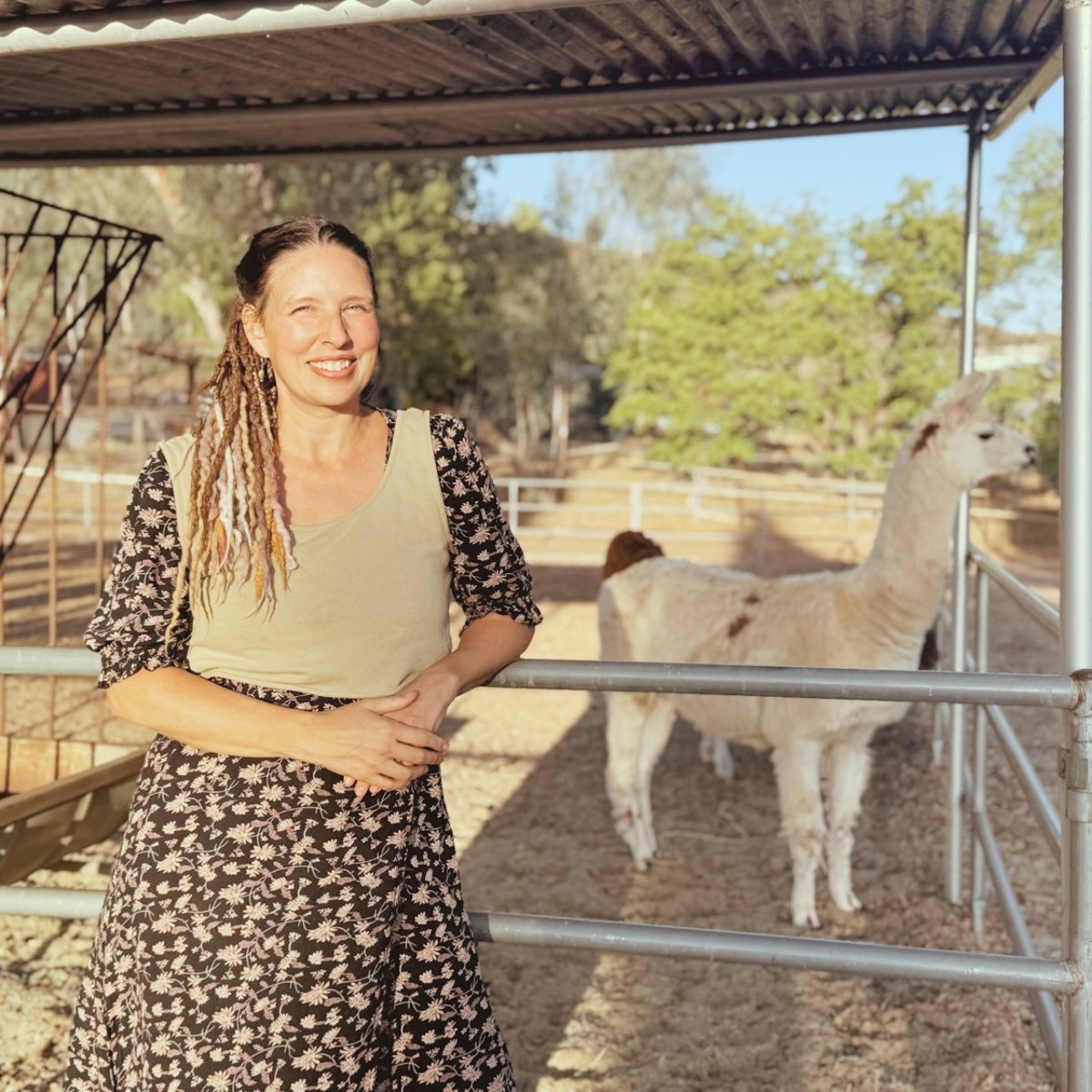
I’ve always been drawn to natural things—fabric, clay, plants, stones, and the feel of wool between my fingers. So when I decided to add some thickness and texture to my thin hair, using alpaca and llama fiber just felt right. Synthetic dreads can be fun and colorful, but there’s something special about working with real fibers that breathe, move, and carry a bit of nature with them. They’re soft, light, and endlessly dyeable—perfect for creating something unique and meaningful.

Crafting the Wool Roving
Making dreads from wool roving is easier than it sounds. I like to start with about 40 inches of roving and separate it into four even pieces—each one becoming a dread. I use a mix of warm water, castile soap, and a spray bottle, and then roll each strand on a piece of memory foam using rubber gloves. It’s a rhythmic, meditative process—spray, roll, spray, roll—until each piece becomes a little felted noodle. Once they’re all rolled, I tuck them in a pillowcase, tie it off, and run them through a gentle wash cycle. I then take them out and pull them all apart, throw them back into the pillow case for another gentle cycle to help them felt fully.

Washing & Felting the Fibers
Felting is all about friction and patience. I’ve found that two gentle washes are perfect—one to start the felting process, and another to set it. If you want to control the texture, you can also hand-roll them in hot water or use a washboard-style technique. I love how each dread turns out slightly different with natural fibers—merino wool creates a straighter dread, whereas alpaca and llama more textured—just like natural hair. Whether you’re using alpaca, llama, or wool, the key is to find a material you enjoy wearing and working with.
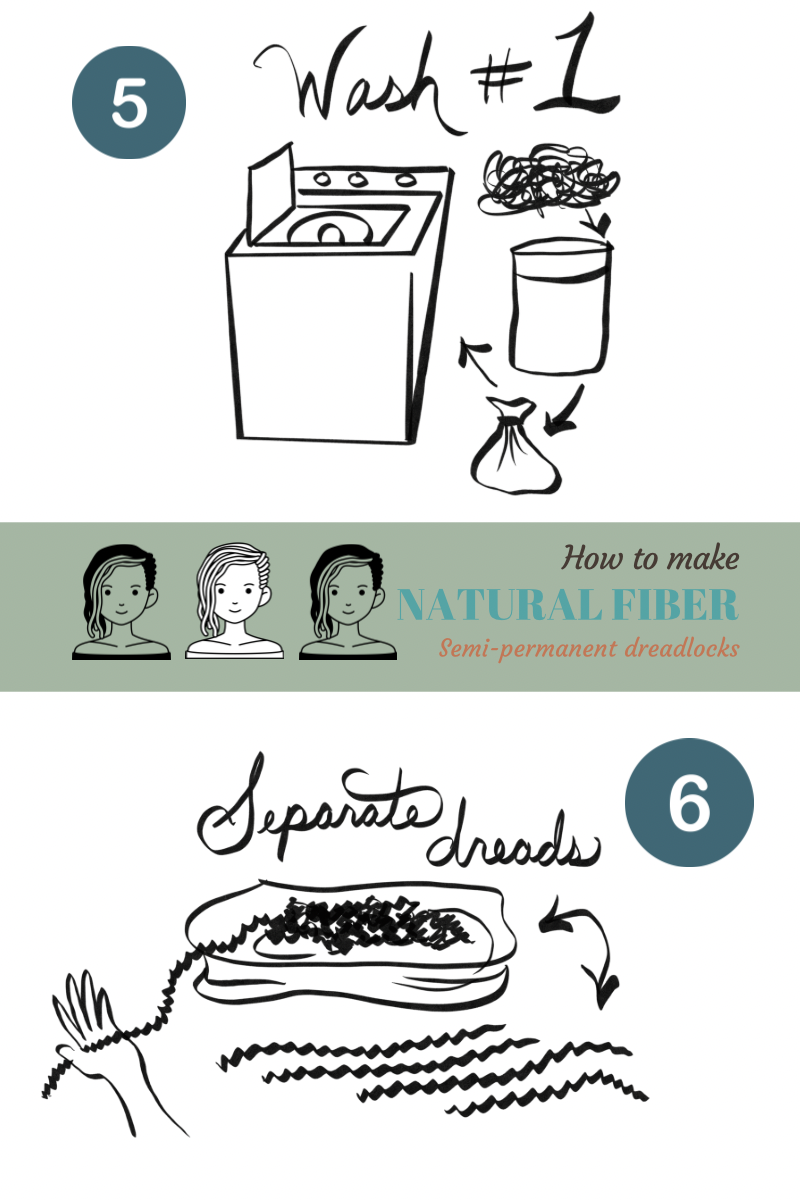
Natural Dyeing with Henna
Dyeing the fiber is where the real magic happens. I use henna because it’s natural, nourishing, and rich in color. When I first soaked my dreads, the color came out soft and pale—but brushing the henna on thick, just like hair dye, gave me vibrant, earthy tones. The dark brown henna created deep warmth, while burgundy turned my white alpaca into a soft lavender-pink. Powdered henna is more affordable and fun to experiment with. You can also explore plant dyes for more muted, organic shades.
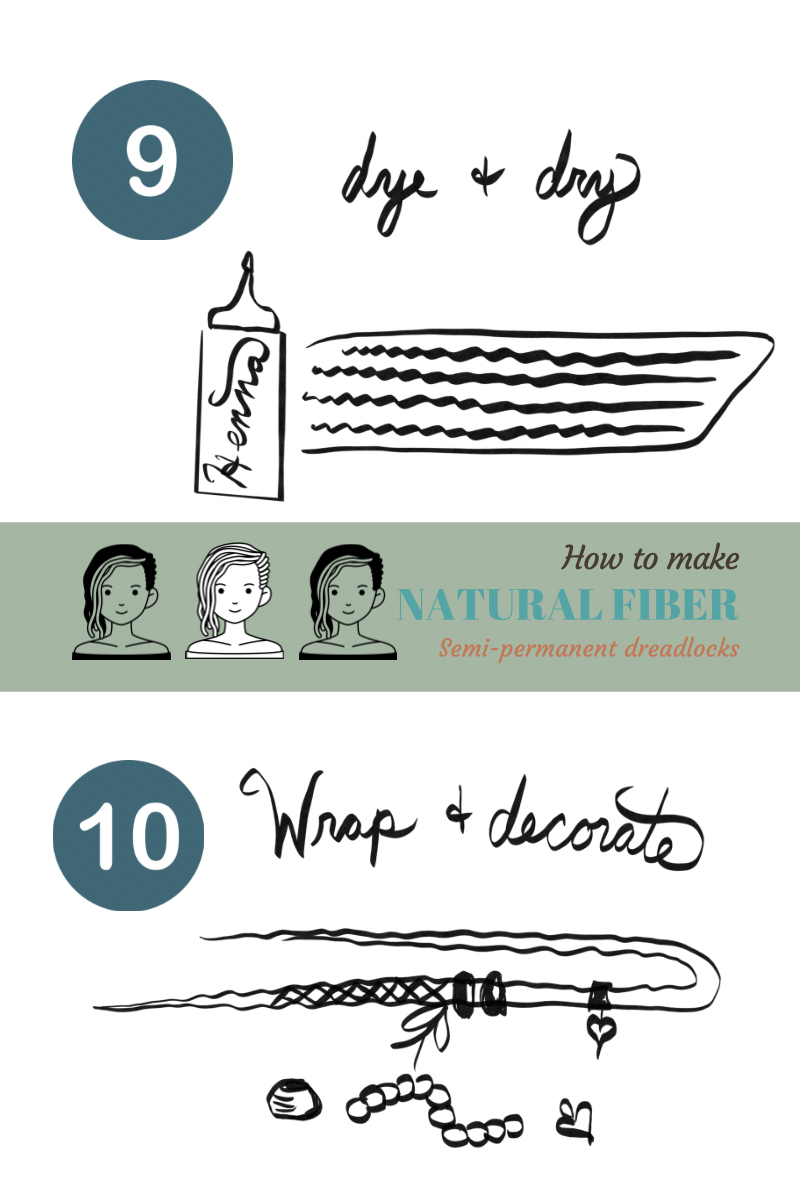
Braiding & Finishing Touches
I like to separate one of the dreads into three pieces before rolling to create three thin dreads for a braided dread. I place these dreads into the pillow case for the first washing. Before a second wash I will braid these thin dreads and then roll the ends then put them into for the second washing to lock in texture and create unique braided dread designs. It’s a beautiful way to customize your set and make each piece your own. I let the finished dreads air dry for a day or two before installing them. The yard-long pieces make great double-ended (DE) dreads. I also have learned to make single-ended (SE) dreads and place these near the base of the head. Mixing both gives balance—soft volume without too much bulk.

Installing the Natural Dreads
I prefer wrapping and twisting mine rather than braiding them in, they stay semi-permanent for about a month. They wash just like regular hair, and I can take them out when I’m ready for a change. They do take awhile to dry. I prefer to wash my hair as needed and only in the morning so they have enough time to fully dry before bed. I section my hair with two single-ended rows at the base, then add double-ended ones toward the top, leaving some of my natural hair out for a blended, organic look. The result is a full, soft, natural style that feels like me—creative, grounded, and free.
Why I Love This Process
Creating my own dreads has been more than a beauty project—it’s a sensory, meditative experience. The texture of the wool, the scent of henna, the rolling motion—all of it feels like art in motion. It connects me to nature and my creative side every time I do it. Plus, there’s something empowering about making something so personal by hand, from start to finish.
Natural fiber dreads are more than just a hairstyle—they’re a form of self-expression and art. Using alpaca, llama, or wool lets you create something truly unique while staying close to nature’s textures and tones. Whether you make just a few or a whole set, the process itself—touching, rolling, dyeing, creating—is where the real beauty begins.

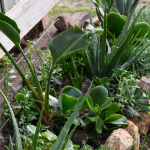
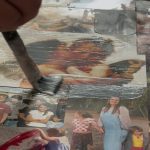

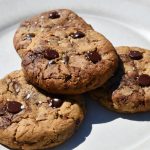
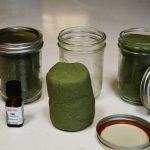
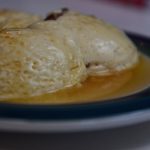
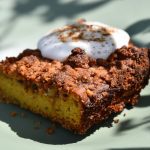
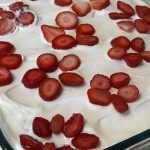

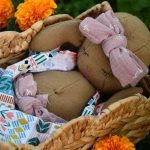


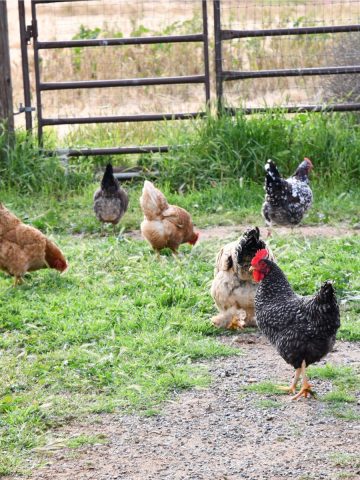
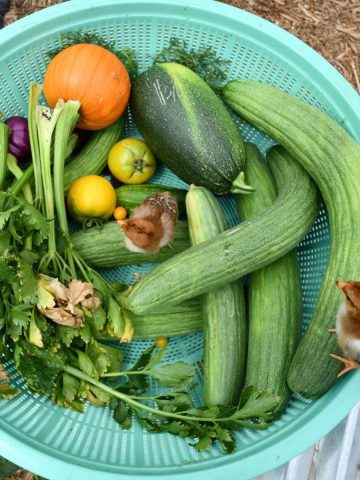
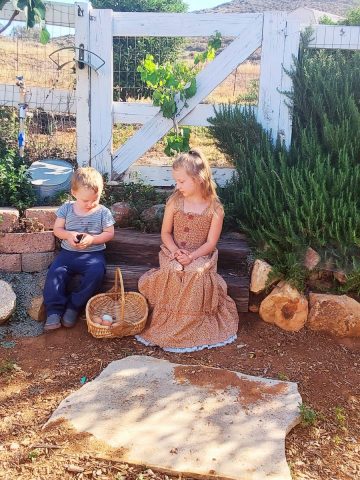
Share a Tip